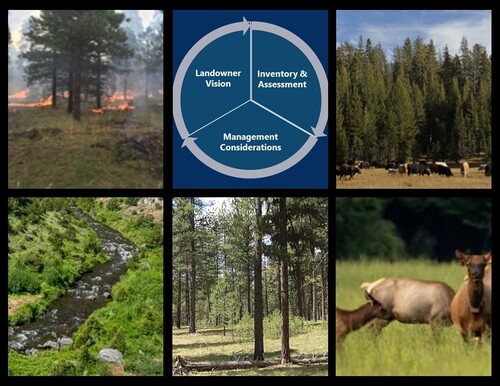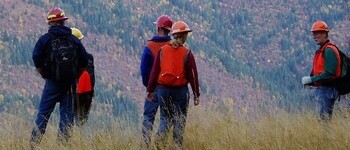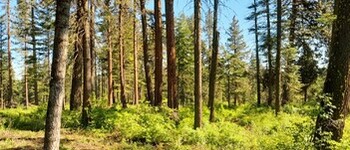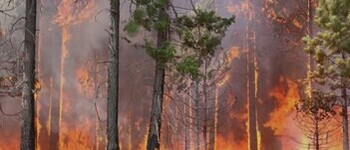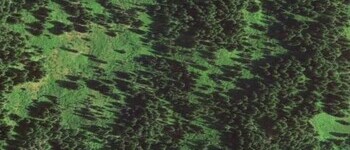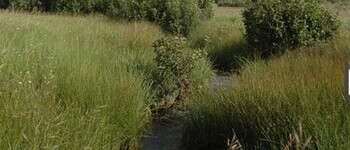
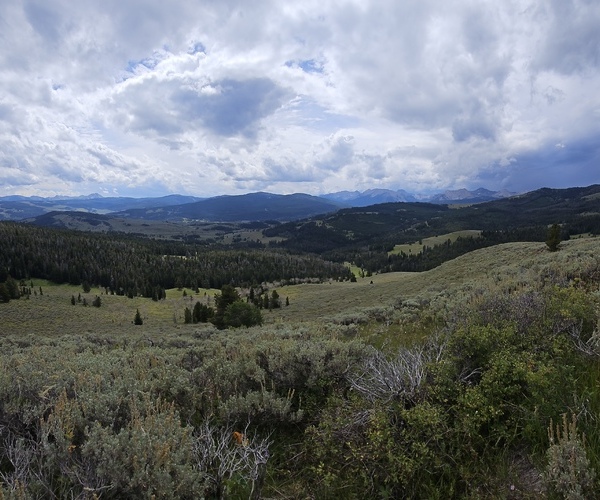
Managing rural property is often more complex than most landowners understand. Opportunities and limitations specific to their property vary with nuances of property features and vulnerabilities to threats, such as deteriorating forest health and wildfire. Conditions on adjoining properties, weather/wind/flood/landslide risks – even provisions for emergency access – can impact management options and practices. A certified natural resource management professional can assist landowners with assessing and understand invaluable insights critical to long-term planning and stewardship.

Relying on decades of natural resource planning and management experience, I can assist the landowner in being aware and understand the nuances of natural resource management and their property. Working directly with the landowner -- integrating principles of landscape ecology, conservation, and landowner's 'vision' for their property -- I can develop practical long-term management plans that support resilience, sustainability, and 'connections' with the land.
